The winners of the Mangrove Photography Awards 2022 have been announced. Now in its 8th year, over 2,000 images were submitted from 68 countries, revealing fascinating insights into the world of mangroves, while challenging us to consider both our place in the natural world and our responsibility to protect it. The photos are a compelling reminder of the importance of mangroves for the diversity of life across our coastlines as photographers captured unique relationships and moments from mangrove ecosystems both above, and below the water line. "The Mangrove Photography Awards has become a platform to intrigue people about the magnificent ecological role mangroves play in all of our lives" says judge, Dhritiman Mukherjee.
This year’s international panel of judges were Beverly Joubert, Bertie Gregory, Octavio Aburto, Nadia Aly and Dhritiman Mukherjee. "The images from this year captivated our imagination....giving us hope and illuminating a positive future for mangrove ecosystems", says Octavio Aburto. Today, less than half the world’s original mangrove forest cover remains and it has never been more important to promote the conservation of these fragile ecosystems. The Mangrove Photography Awards is “bringing a much needed light onto the conservation of the world's mangroves”, says Beverly Joubert.
Enjoy the selection of winners out of a total of 2,188 photos below, and to see all the entries over in the full mangrove gallery click here.

‘Guardian of the Mangroves’ shows an intimate moment between a curious American crocodile (Crocodylus acutus) and photographer
Tanya Houppermans, as it allowed her into its world of luscious mangroves at Gardens of the Queen (Jardines De La Reina).
Gardens of the Queen is an archipelago off the coast of Cuba, has been strictly protected since 1996,
and is one of the most untouched marine ecosystems in the world.
“The healthy population of American crocodiles is down to the pristine condition of the mangroves and I wanted to capture
close ups of this gentle giant in its natural habitat. I hope this image can illustrate that protecting areas like this is so critical.”

'Honey Hunters' collect wild honey deep in the mangroves of the Sundarbans, the largest mangrove forest in the world.
This ancient traditional event takes place every year during March and April, following the raw rhythms of nature.

A local fisherman casts his net in the white flowered mangroves (Lumnitzera racemosa) of Bau Ca Cai, an area allocated to local people to protect. "I took this photo in late autumn when the trees had lost their leaves, highlighting the connection between vulnerable communities and nature."

The sun rises along the peaceful beaches of East Sumba. “I wanted to capture the beauty and fragility of this unique wonder.
We need to protect and visit places like this with great care, so future generations can also enjoy them.”
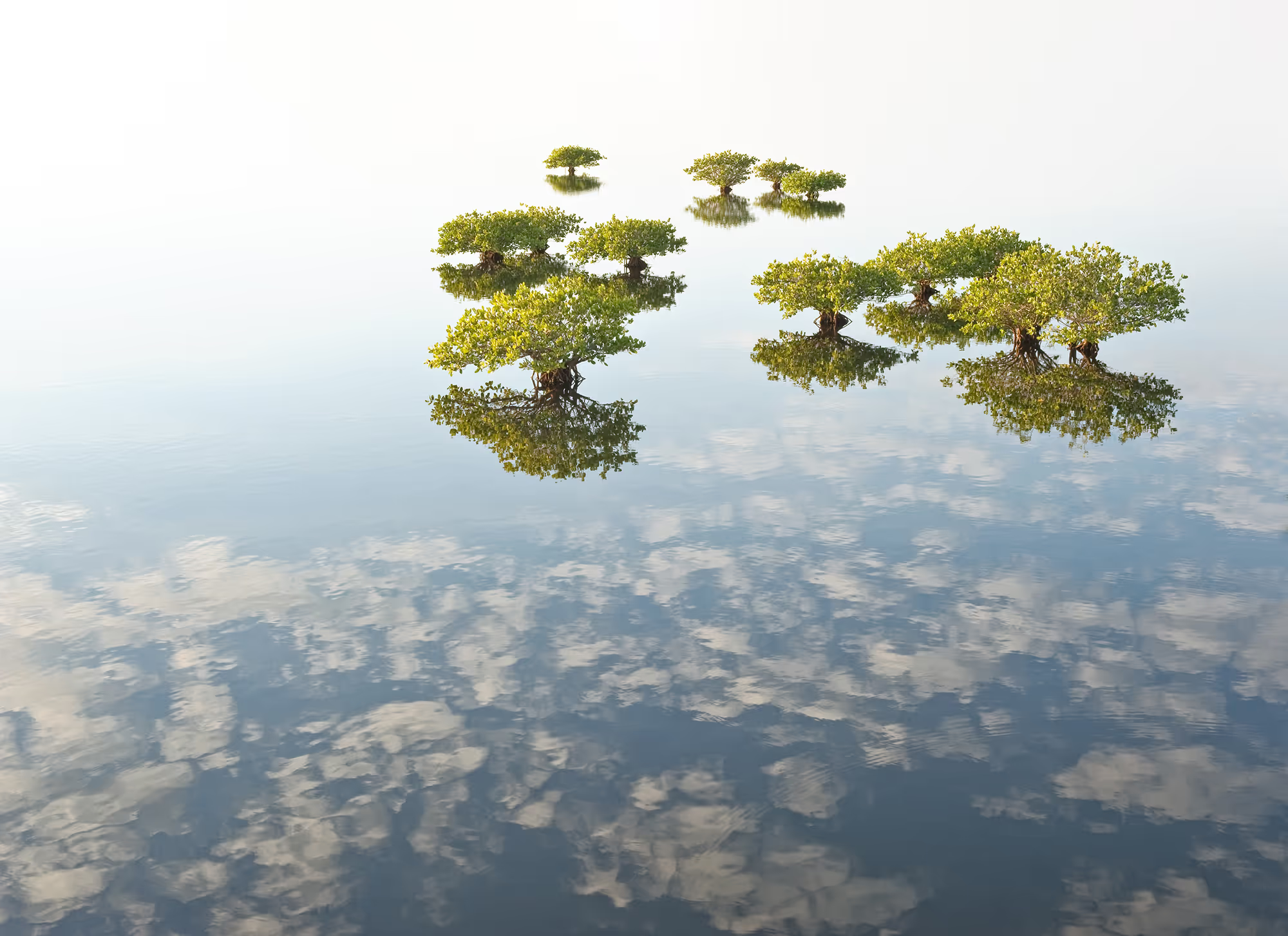
Reflections at dawn on the Merritt Island National Wildlife Refuge, Florida. "The refuge became a place for me to satisfy a need for quiet and peace where language and reason fall away, and the mind settles into a stillness and opens to a connection with all things."

The mysteries of a rarely seen natural environment. A blue crab (Cardisoma guanhumi) fishing in a unique transition between fresh and salt water in the Mexican cenotes. "During an exploration dive through the dark flooded caves, I came across this proudly standing crab silhouetted against the mangrove roots above."
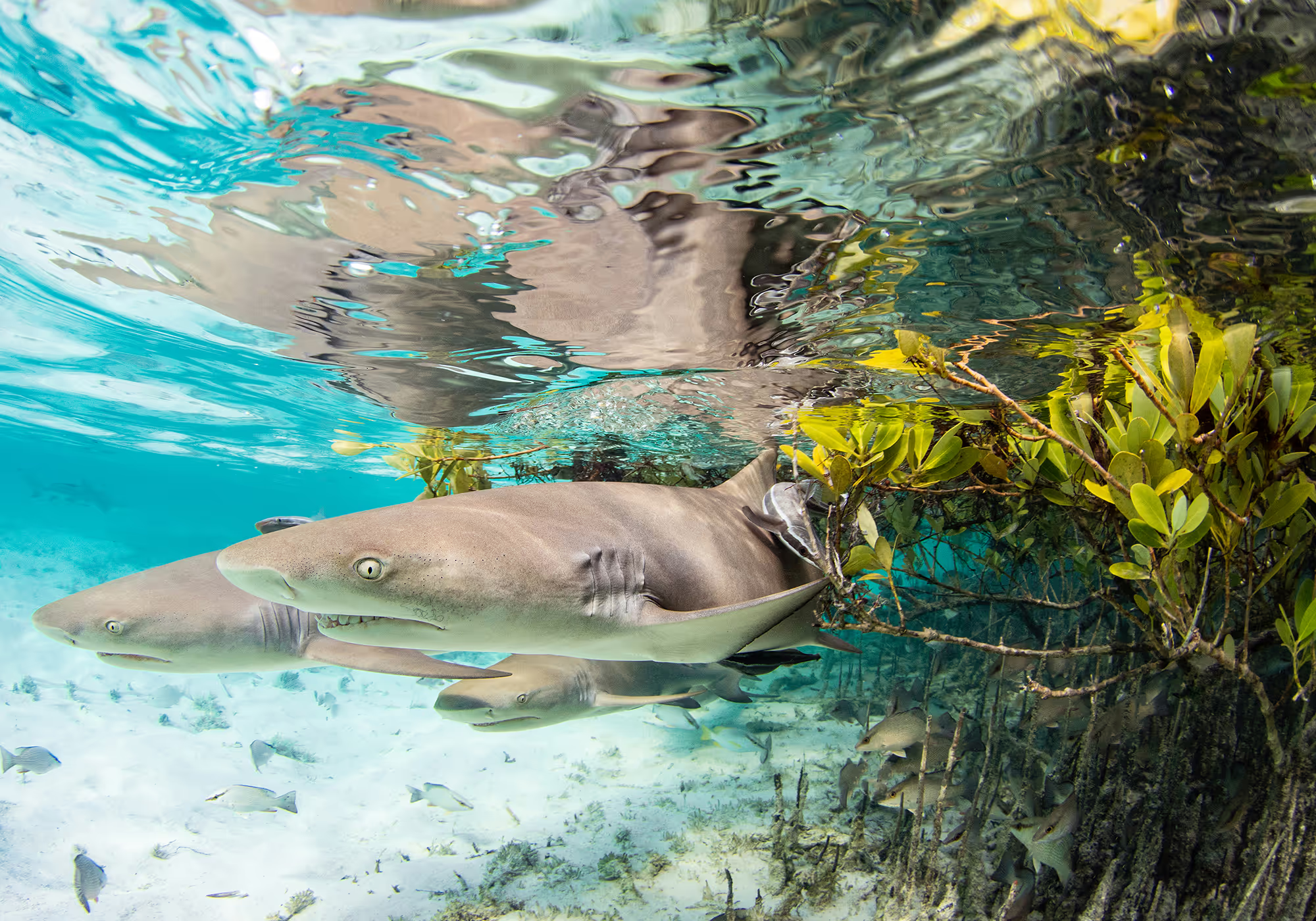
3 young friends forage along the safety of the mangroves. “Both mangroves and sharks are right on the edge and need protection. I wanted to show a different side of these juvenile lemon sharks; a social side, a more vulnerable side, and the delicate balance of this system.” If the mangroves disappear, so does the wildlife that depend on it.
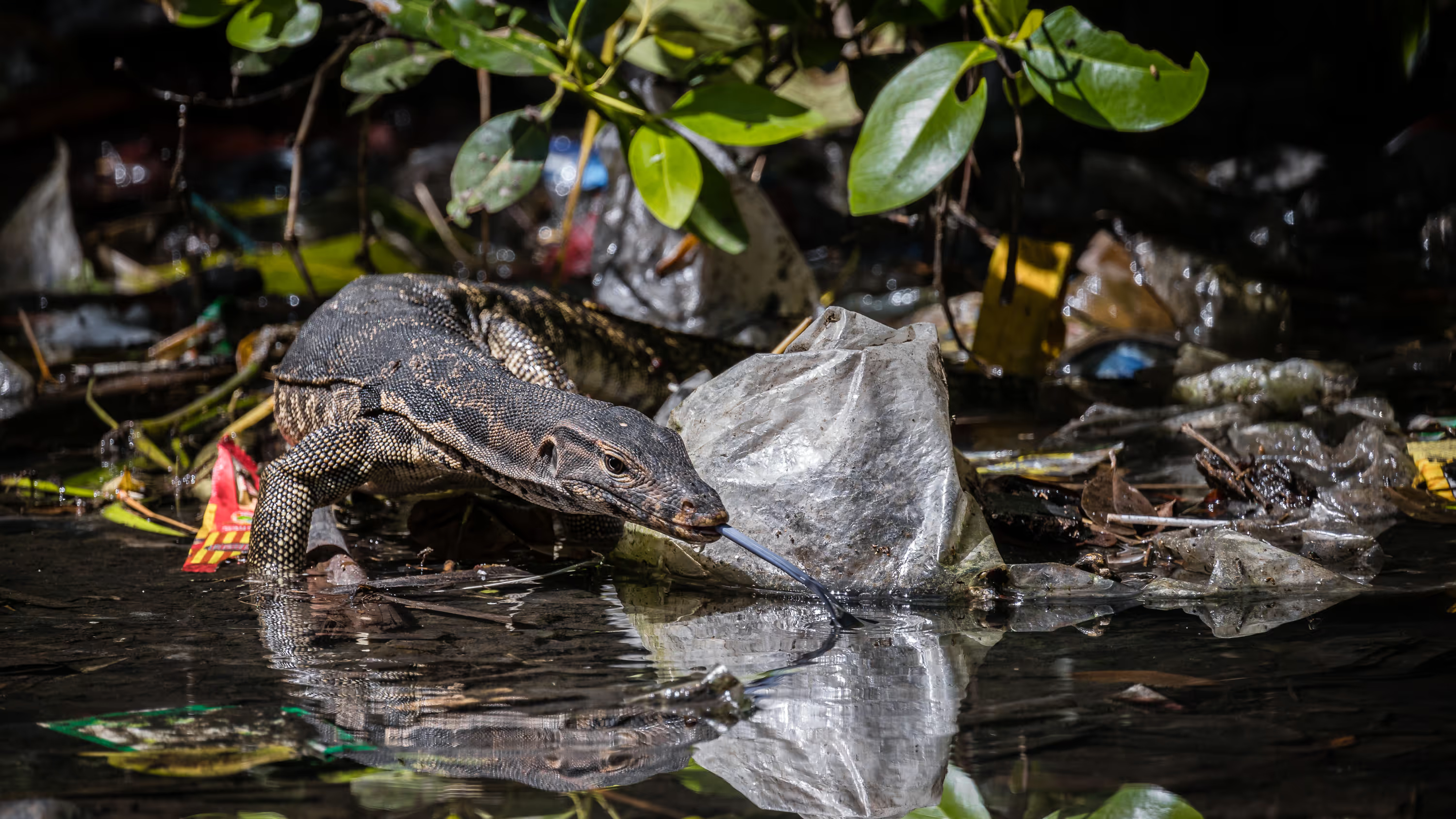
A water monitor lizard struggles along the plastic filled forest floor foraging for food.
"More and more plastic fills our mangrove forests and it's affecting our wildlife that call it 'home'."
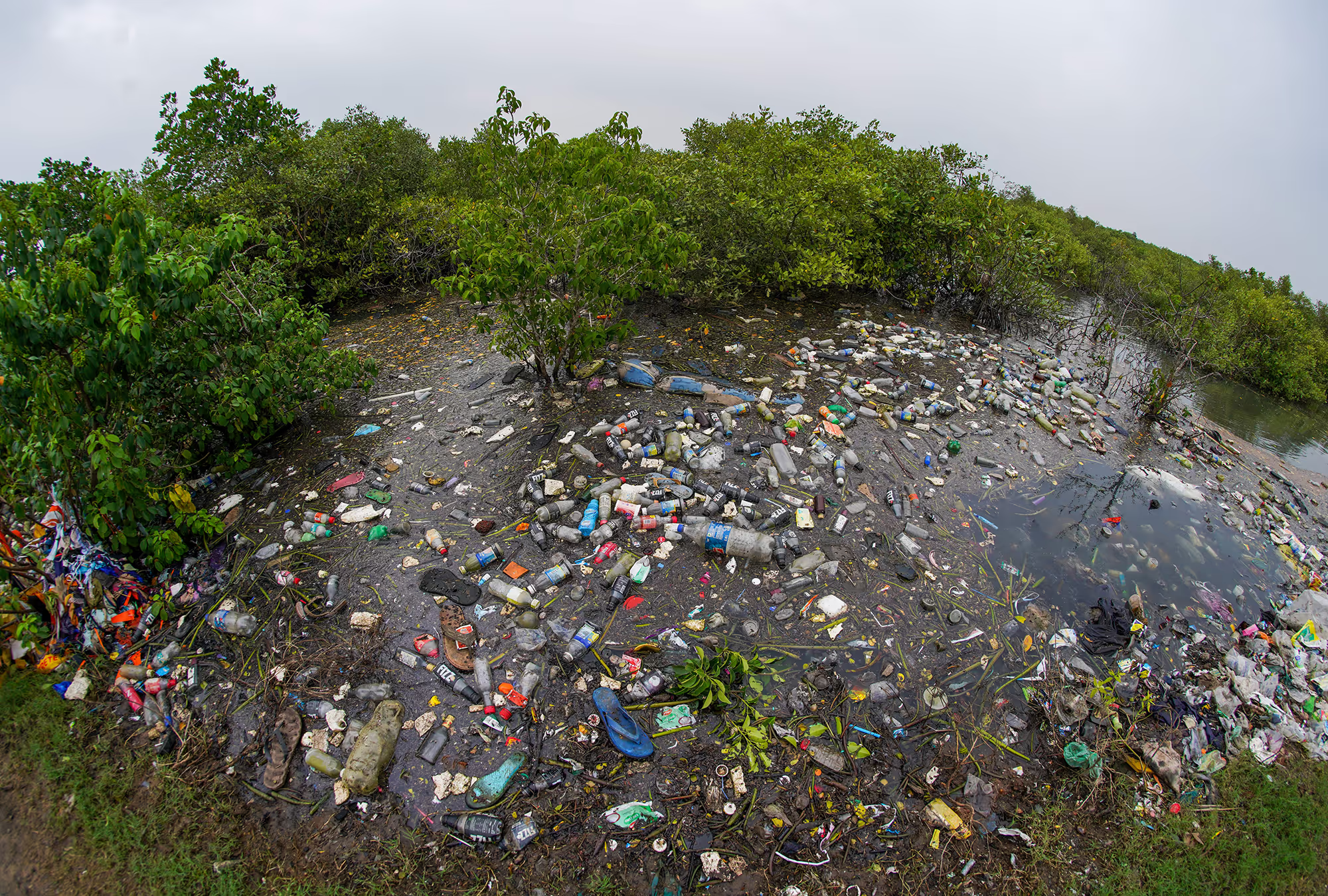
“A lack of proper waste management systems in nearby villages means parts of the Godavari mangrove forest are becoming a dumping area for huge amounts of plastic. It's heart-breaking to think about the impact this will have on the wildlife here, including endangered species like fishing cats and smooth-coated otters.”
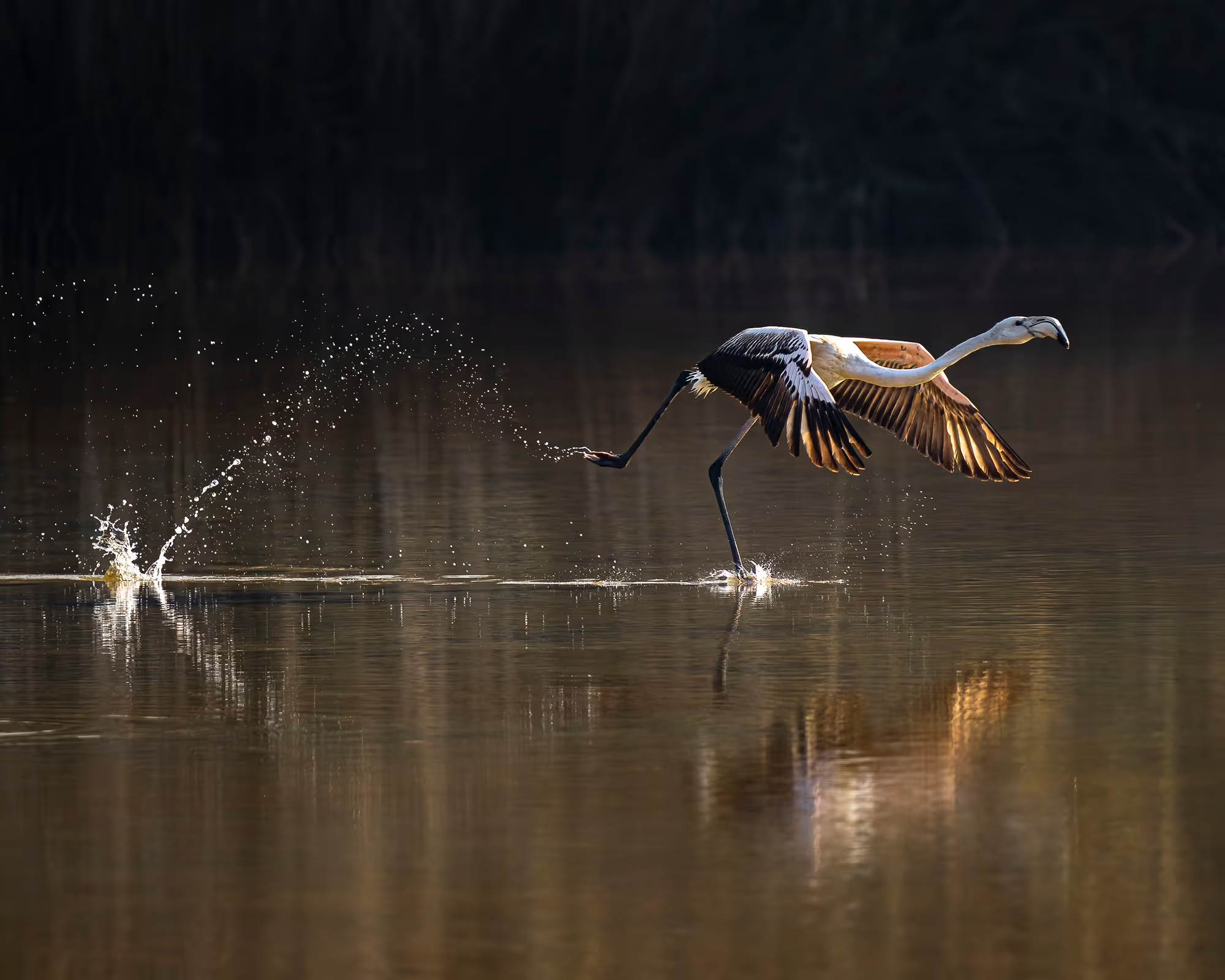
A greater flamingo (Phoenicopterus roseus) takes off on a migration journey across Asia, and will most likely return to the same coastal wetlands in the winter months. "It was feeding with its head in the water, before flying off into the morning light."
%20copy.avif)
The preserved mangroves of Guaraqueçaba are an important place for visitors, including for this pair of Roseate Spoonbills (Platalea ajaja). "Paddling in a small boat allowed us to get close enough to the birds to watch them in their natural environment."

"Local volunteers work hard in the mud trying to re-establish the water flow in the mangrove ecosystem; here by cutting bricks of solidified mud and roots. If hydrology and water circulation becomes cut off, it becomes a major threat to the habitat."
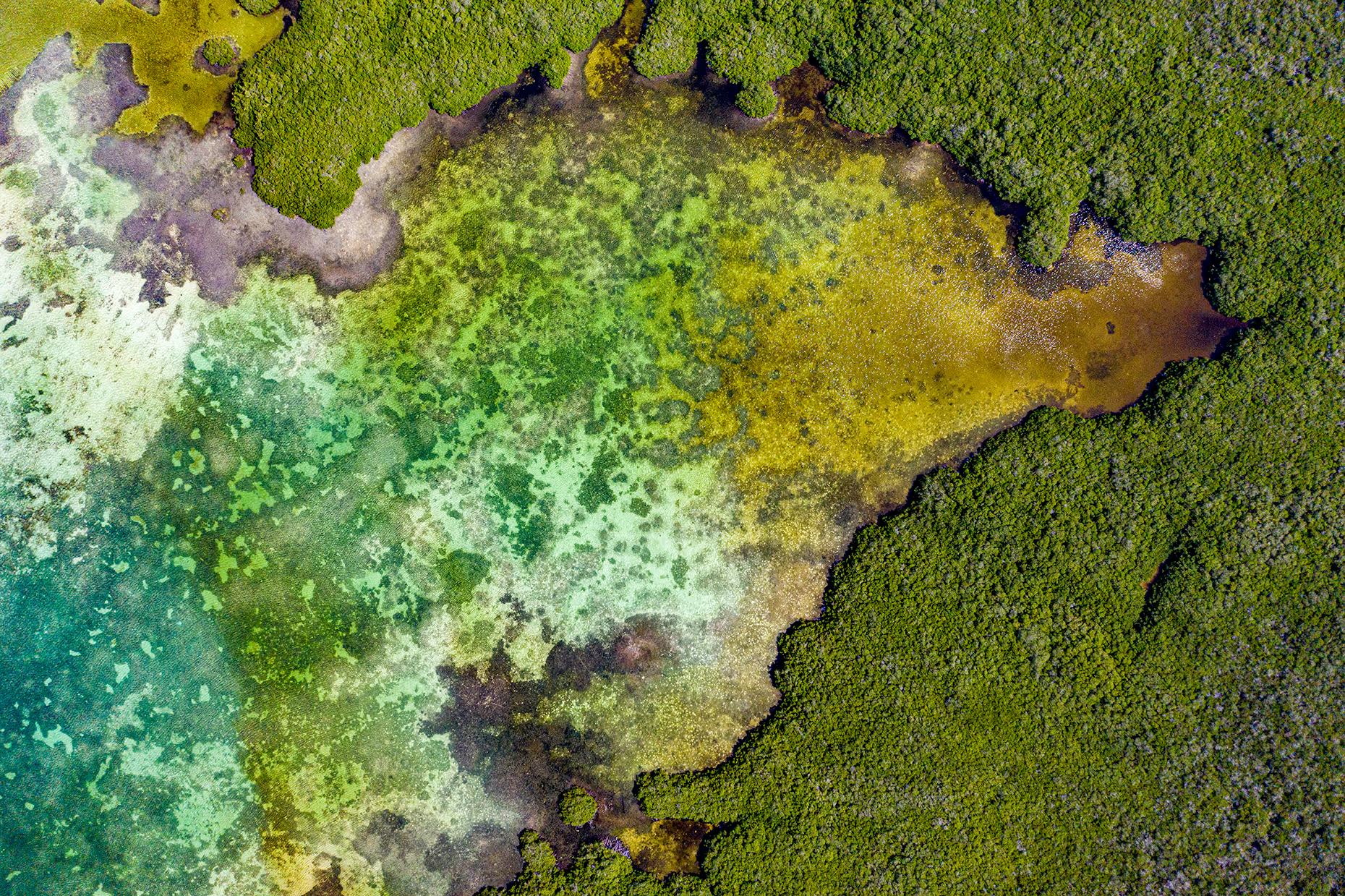
"8 years of opening up channels and maintaining waterflows. The project aims to improve the biodiversity of Bonaire by restoring hydrological conditions and promoting sustainable tourism."

"The mangroves here support a rich biodiversity and provide a valuable nursery habitat for fish and crustaceans. Juvenile Caribbean Spiny lobster are finding shelter within the submerged roots before their journey to nearby reefs."
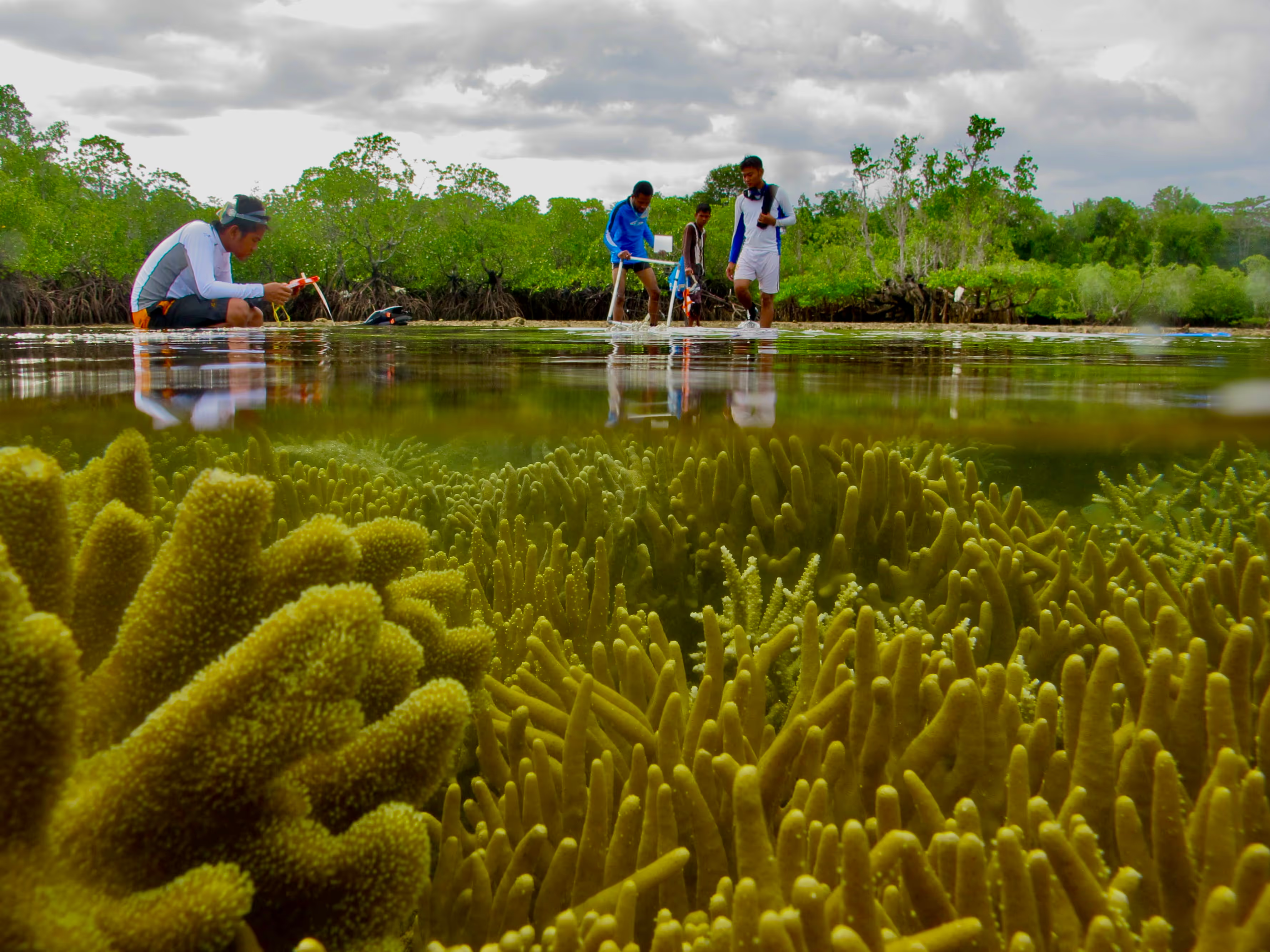
“College students from North Sulawesi undertake a zonation exercise, discovering the close relationships between mangroves, corals reefs and seagrasses.”
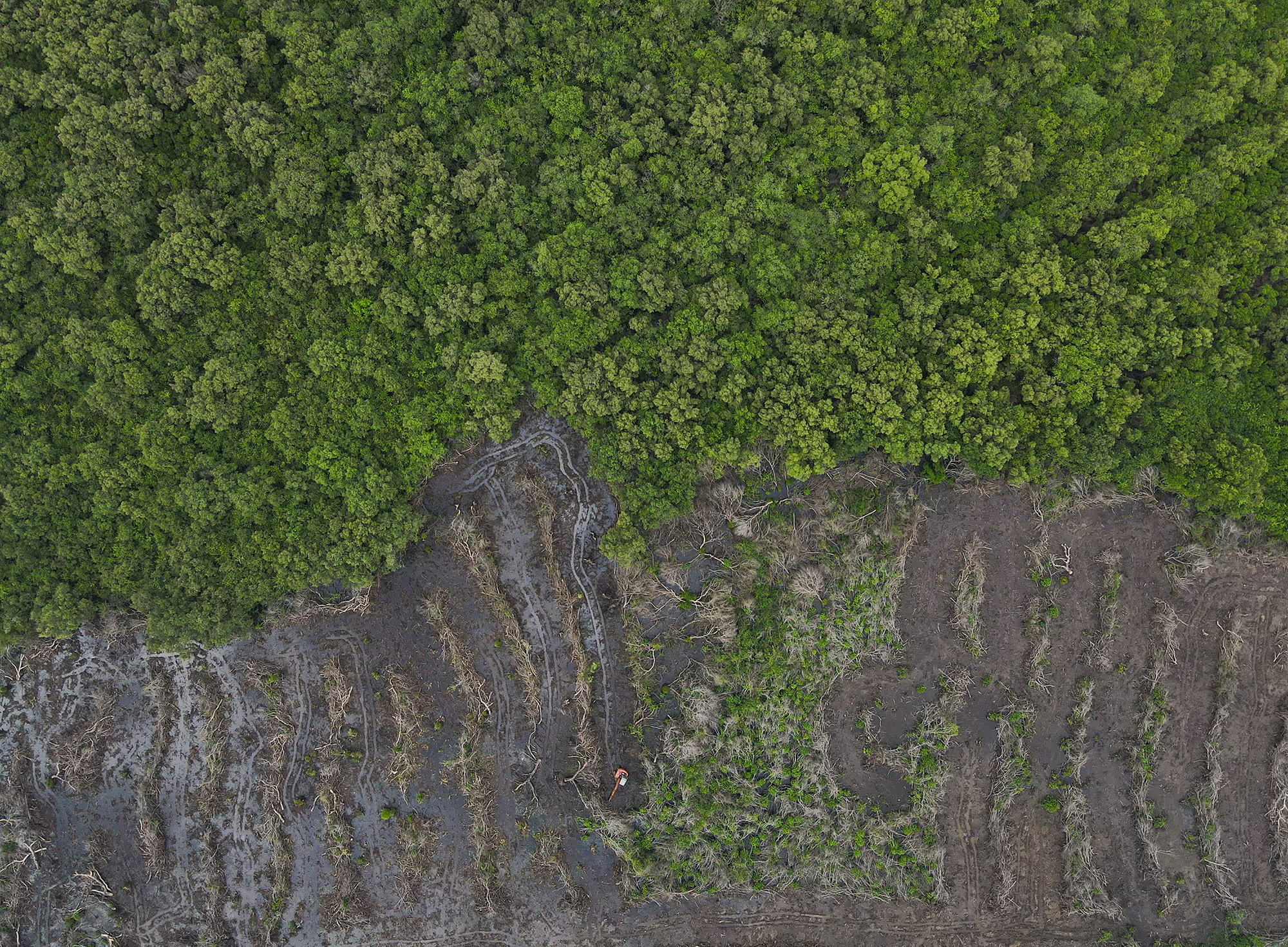
“Deforestation is a huge problem in the mangroves. I saw a tiny bulldozer among the thousands of acres of forest being destroyed in the Godavari mangroves for the rapidly expanding aquaculture.”